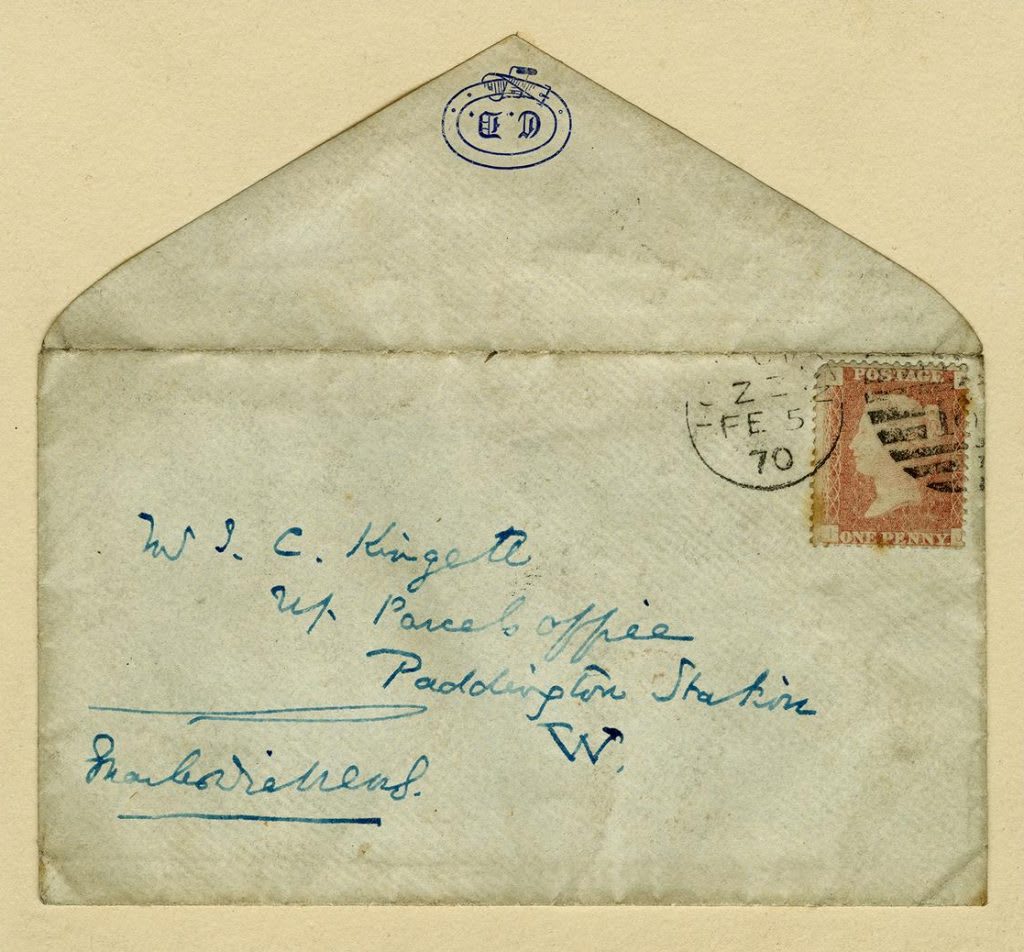A holiday story from Metrolinx News
Remembering the Charles Dickens’ turkey lost on holiday rail trip.
Dec 25, 2019
As holiday birds go, this one was burnt more than usual.
Though it was the poor who feasted on the festive though well-cooked turkey, rather than the celebrated diner it was intended for.
Metrolinx has a kinship with rail companies around the world. Our GO rail service – like our buses – is built on the long history and accomplishment of transit experts who came before us.
And all have a shared important part to play in getting people and items to their rightful place, especially at this time of year.
While this editorial site tries to draw you closer into the workings of GO, UP Express and PRESTO, we’re also working to zoom out and explain our place in history and society. That means sometimes going beyond our borders and even times.
So, on this day, let’s follow the rail journey of a turkey originally bound for the Christmas table of British author Charles Dickens, back in 1869. Please keep in mind, we didn’t burn his bird.
The envelope Dickens sent his letter to railway officials, explaining he was able to soldier on, after losing his Christmas bird. Note his ‘CD’ initials on the flap, and his signature on the lower left. (Photo courtesy the National Railway Museum)
Dickens, celebrated writer of A Christmas Carol, annually had a turkey shipped by rail to his English home. On this particular year, it amounted to a 30lb (more than 13kg) gobbler. However, as it sat with other goods in a Great Western Railway horsebox – an enclosed van used for horses or goods – it all caught fire travelling through a borough of London, England.
The cooked carcass of the bird, stored under a tarp when the fire broke out, was apparently later sold to area residents, a slice at a time.
Dickens was said to have been originally annoyed his festive dinner was lost – it would be his last Christmas dinner, as he died in June, 1870 – but found comfort in the fact others were able to enjoy it.
Dickens’ letter to an official with the Great Western Railway. It’s dated Feb., 1870. (Photo courtesy the National Railway Museum)
In a letter to the Great Western Railway – uncovered by the UK’s National Railway Museum – Dickens saw the incident for what it was, writing: “I have no doubt my Christmas fare was destroyed by an unavoidable accident, and that I bore the loss with unbroken good humour.”
In a statement, Ed Bartholomew, lead curator at the museum, pointed out: “Dickens played a key role in popularizing the image of Christmas as we know it today, which included the then luxurious choice of turkey in A Christmas Carol, instead of the more traditional goose.
Charles Dickens, who used trains to get to most of his many public appearances – as well as transport his Christmas dinner.
“The bleak irony of this discovery is that the man who did so much to shape our Christmas experiences may himself have been left with an empty stomach on his last ever Christmas day. Hard times indeed.”
Museum officials say they do not know whether Dickens was still able to buy a turkey, though his fictional character, Mr. Scrooge, was able to get a last-minute bird for the Cratchit family.
They point out, Dickens may have had to make do with a simple goose – lowering his previous Great Expectations.
